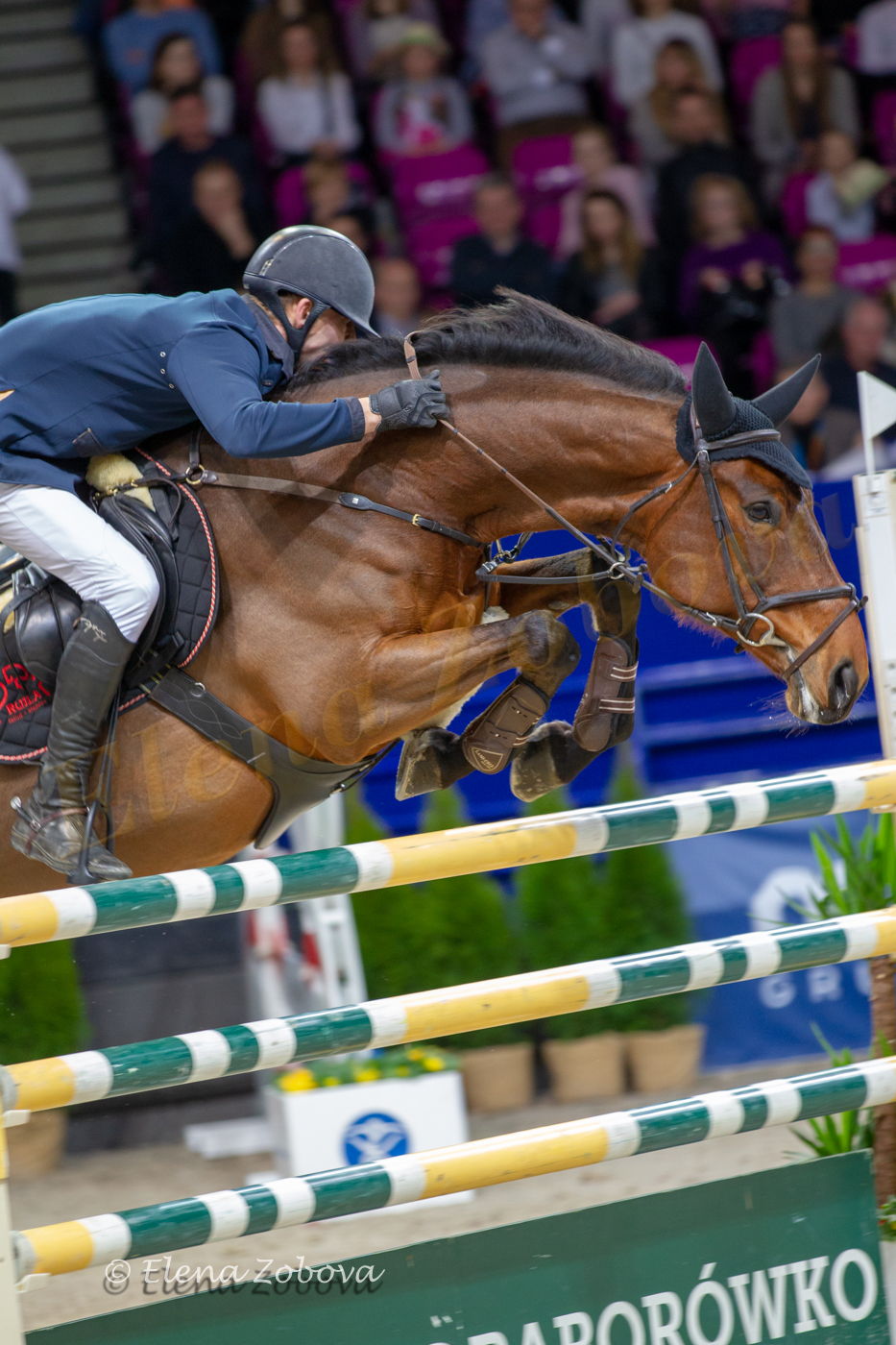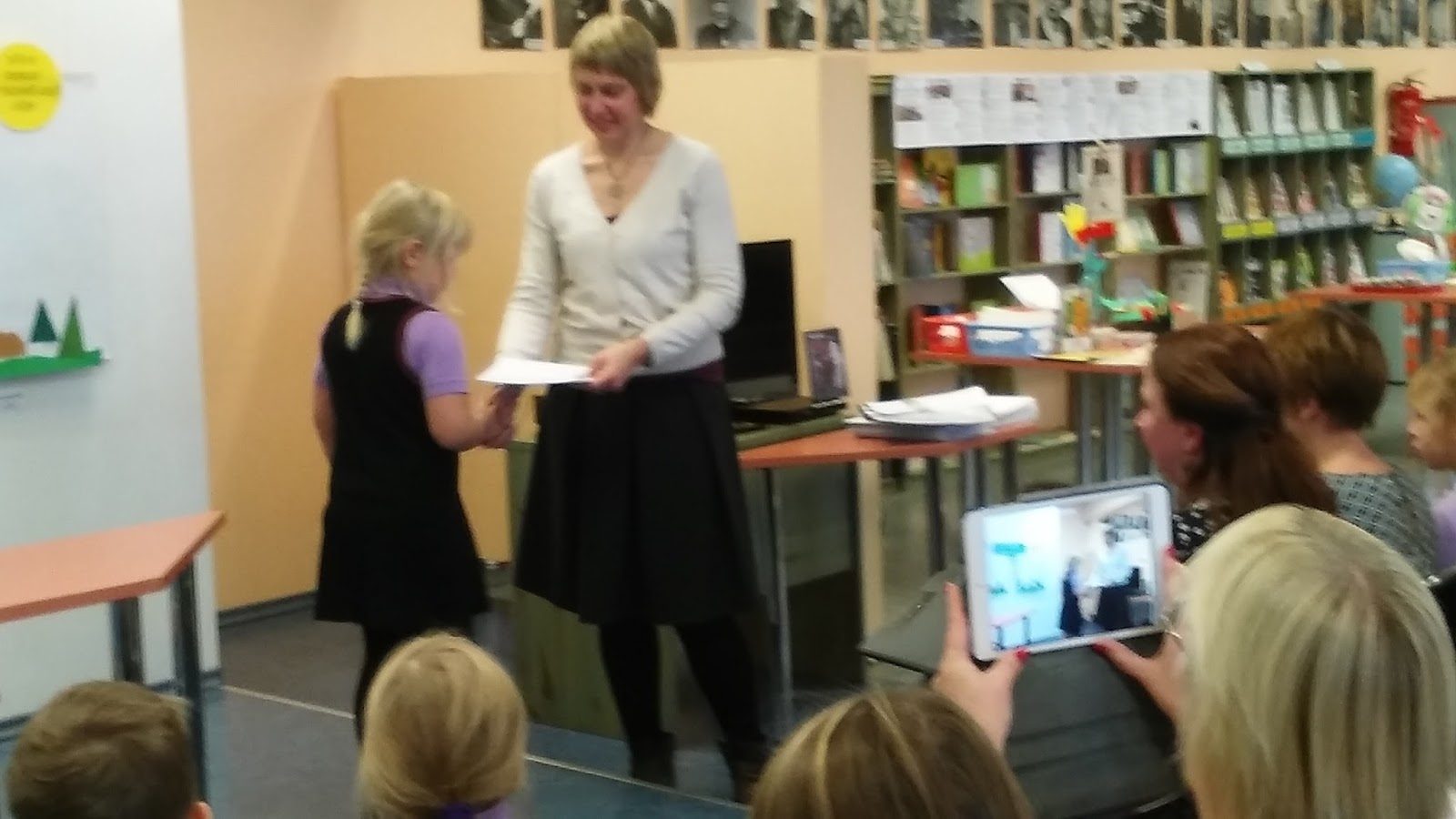

We tested a machine learning-based algorithm designed to convert unstructured computed tomography pulmonary angiography (CTPA) reports into structured reports.Ī self-supervised convolutional neural network-based algorithm was trained on a dataset of 475 manually structured CTPA reports. However, some radiologists are concerned about resultant decreased workflow efficiency. Structured reports have been shown to improve communication between radiologists and providers. This service has been used to label the reports in AudGenDB and is freely available.

We additionally implemented the models as a web service that accepts radiology report text in an HTTP request and provides the predicted region labels. The models described here are available in several free, open source libraries that make them more accessible and simplify their utilization as demonstrated in this work. Our results indicate that the applied methods achieve accuracy scores sufficient to support our objective of extracting discrete features from radiology reports to enhance cohort identification in AudGenDB. The logistic regression method was very consistent, achieving accuracy scores within 2.75 % of the best classifier across regions and a receiver operator characteristic area under the curve of 0.92 or greater across all regions. Classifier test set accuracy was 90 %, 90 %, 93 %, and 82 % for the inner, middle, outer and mastoid regions, respectively. The best classifiers were linear support vector machine for inner and outer ear, logistic regression for middle ear, and decision tree for mastoid. Our gold-standard data set contained 726 reports. The models were evaluated on the hold-out test set. We trained logistic regression, support vector machine (linear and Gaussian), decision tree, random forest, and naïve Bayes models for each ear region. We applied open source libraries to normalize and convert every report to an n-gram feature vector.

These were split into training (80 %) and test (20 %) sets. Trained abstractors labeled radiology reports taken from AudGenDB to form a gold standard. We implemented a classification pipeline using a human-in-the-loop machine learning approach and open source libraries to label the reports with one or more of four abnormality region labels: inner, middle, outer, and mastoid, indicating the presence of an abnormality in the specified ear region. Because the reports are unlabeled, it is difficult to select those with specific abnormalities.

The Audiological and Genetic Database (AudGenDB) is a public, de-identified research database that contains over 16,000 radiology reports. Prior to utilization, trained experts must manually review reports to identify discrete outcomes. Radiology reports are a rich resource for biomedical research.


 0 kommentar(er)
0 kommentar(er)
